Cue the lights, camera, and action. These were the words every student was eager to hear at our Summer Festival of Movement. The audience was asked to journey with Room 5 Ninjas to the home of martial arts, including its animal spirits.
Dance, Technology and Design Big Ideas
-
Dance is performed as art to express emotion, tell stories and for fun.
-
Dance brings people together and provides a sense of community.
-
People design and make products that solve problems or meet a need.
-
People can give and use feedback using elements of design - what they like and suggestions for changes.
Te Huka used the ‘robot’ six-step design process to scaffold our learners.
-
Ask it - what is the problem
-
Research it - look for ideas
-
Plan it - draw your ideas and make a list of what you need
-
Create it - make your idea - build or choreograph
-
Test it - does it work
-
Improve it - can you make it better? Test it again
Problem - we needed to create and design a ‘Martial Arts’ inspired dance for our summer concert. To make the plan, our students researched what martial arts are, where they come from, and the different types of martial arts.
Martial arts are used for self-defence and combat. Martial arts connect body and mind. Martial arts use planned and repeated movements like punches, kicks and blocks. There are different types of martial arts. These include karate, kungfu, judo, taekwondo, jiu-jitsu and mixed martial arts.
Karate comes from Japan, and the movements take you towards your target - attack. Kung fu comes from China, and the actions take you back to defend or block your target. The skills taught in martial arts include focus, effort, respect and teamwork.
The five animals of karate are the snake, leopard, tiger, crane and dragon. The snake means suppleness and endurance. The leopard means power. The tiger means strength. The crane means grace and harmony. The dragon means wisdom and riding the wind.
The students also learnt the Japanese words and writing for our animal spirits - Snake (Hebi), Dragon (Ryu), Tiger (Tora), Leopard (Hyo) and Crane (Tsuru). Room 5 decided we should use our new words on our headbands for the dance.
For dance choreography, we investigated the body parts used in martial arts and the kinds of movements and shapes used.
During our learning about dance, we also discovered the elements of dance - body, energy, time, space, and relationships and ways we could use these to create different movements in our dance. For example, unison, mirroring, cannon, on/off, and over/under.
Thomas. Segev and Hazel are doing a karate punch in unison.
The class is doing a body base with one hand and 1 foot.
Oliver, Erica May, Brodie, Georgia are doing a karate kick in unison which means all together facing the same way.
The class is doing a body base with the bottom.
The class is doing a body base with one hand and 1 foot.
Indy and Emma are mirroring a balance on 1 foot. This means they are facing each other making the same move at the same time.
Ben, Erica May, Georgia and Lisette are doing a cannon karate kick. This means they do the same move one after each other.
Dance provided a tool for telling a story about martial arts and the animal spirits it encompasses. Everyone learnt how to choreograph and plan elements of dance. Room 5 also learnt how to be a great audience and to give positive feedback to classmates.
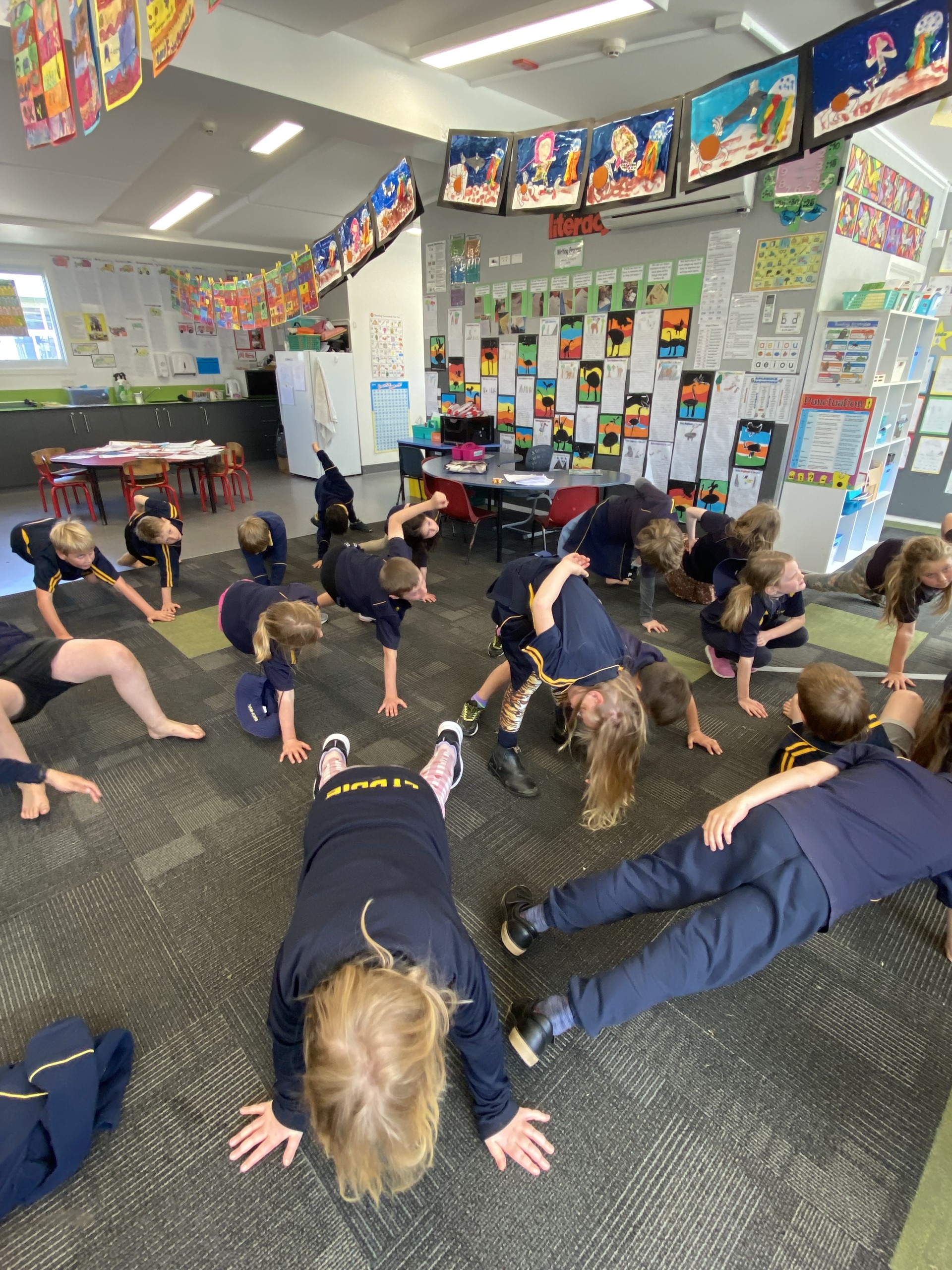

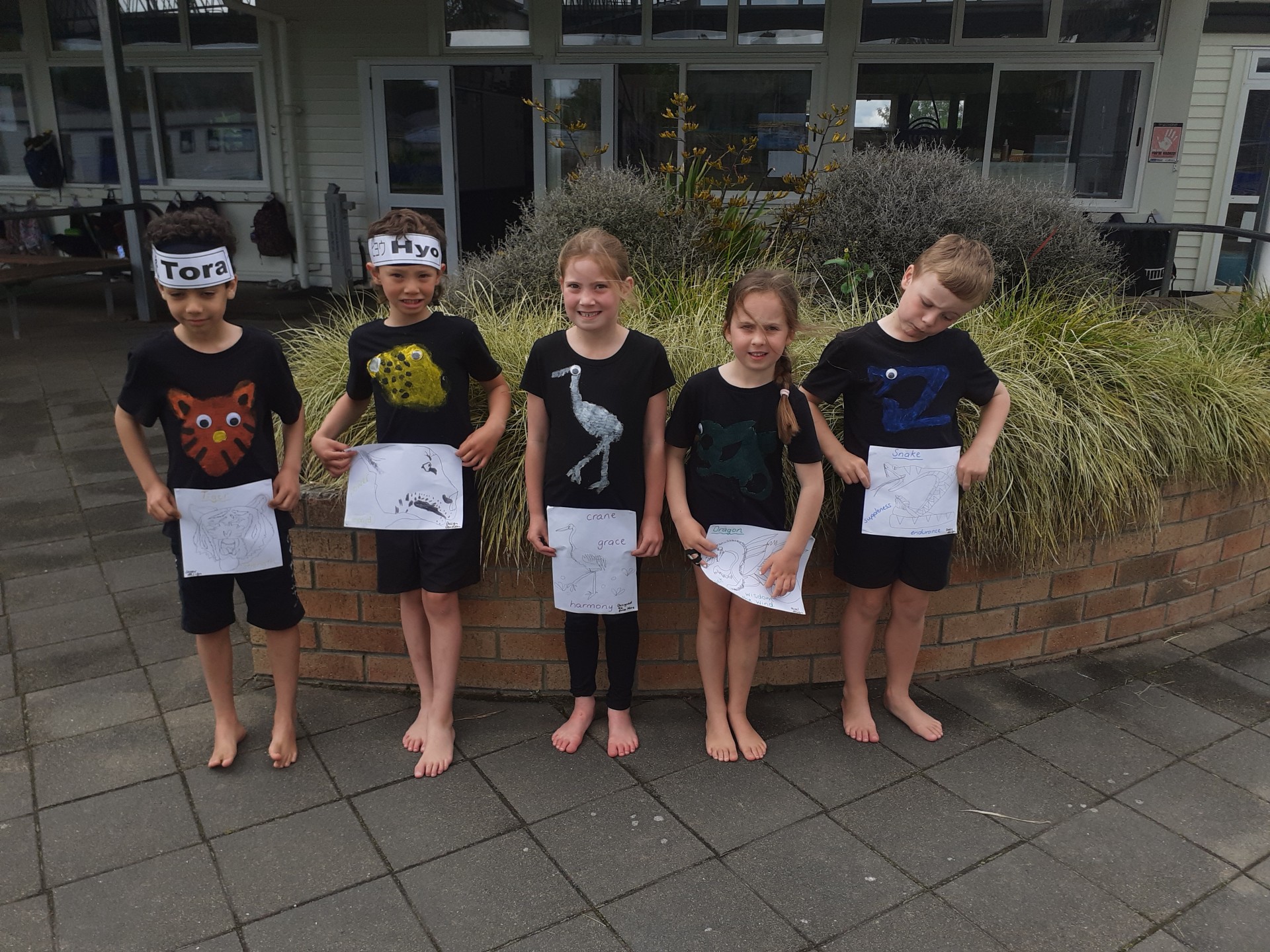
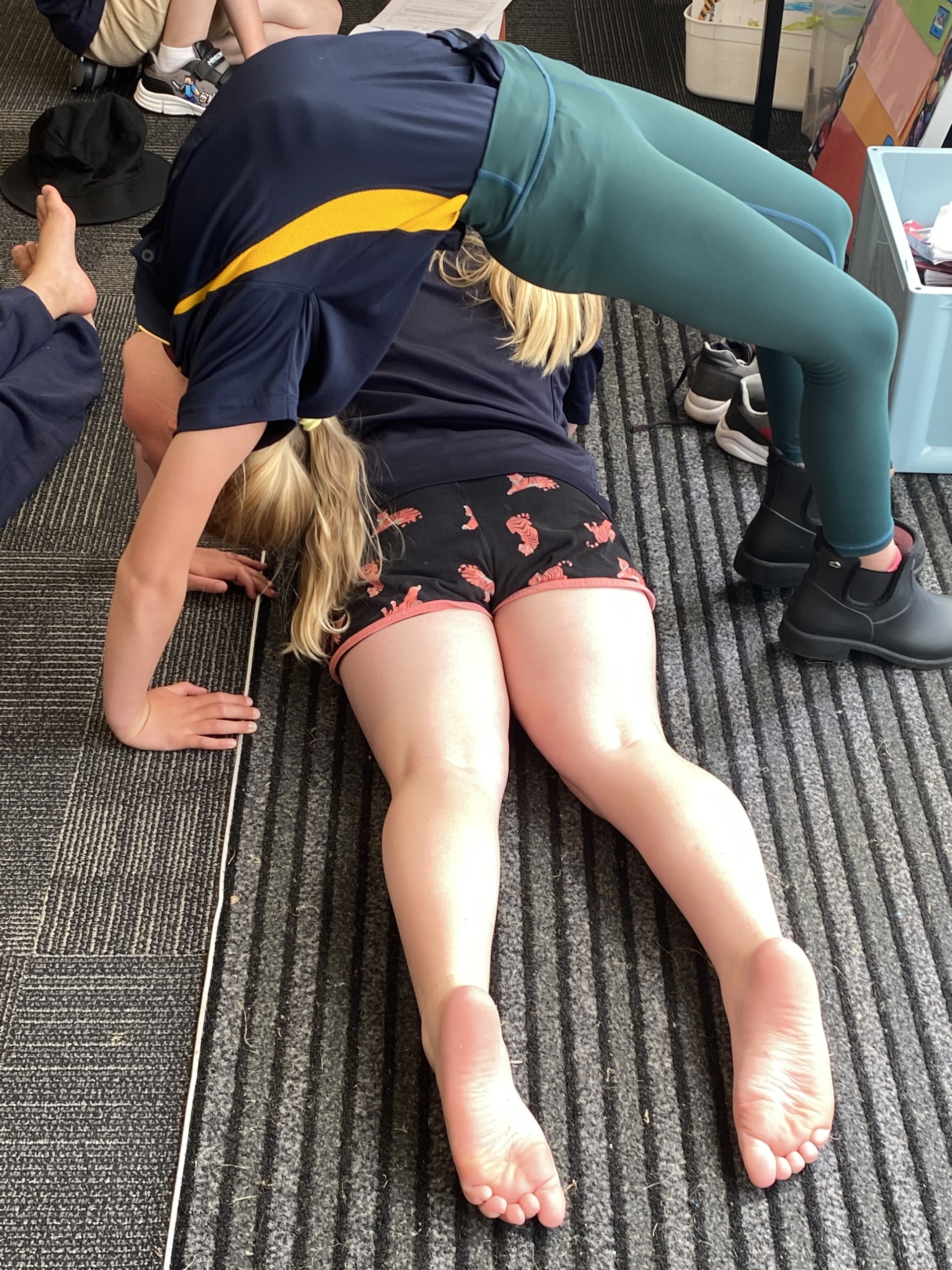
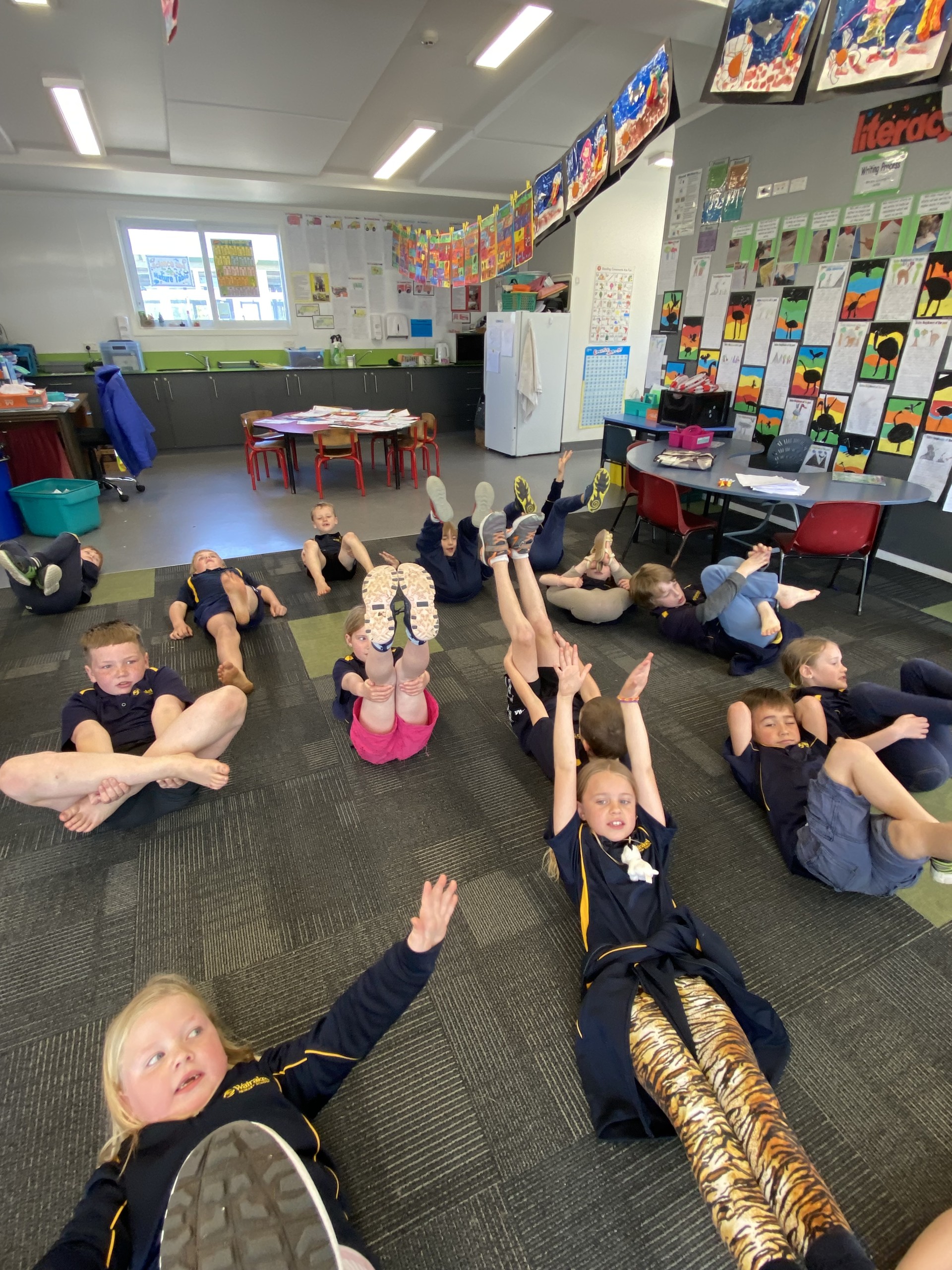
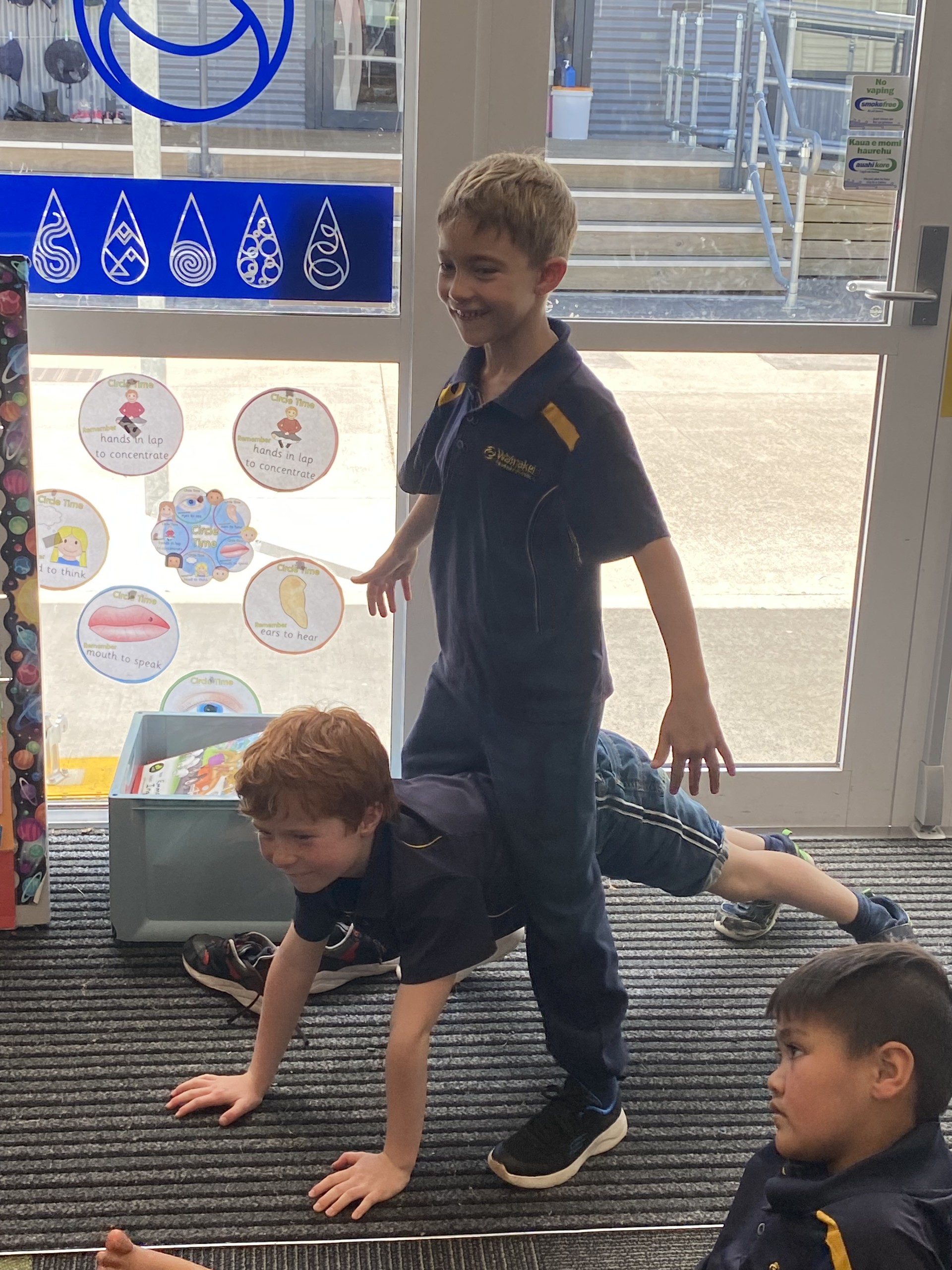
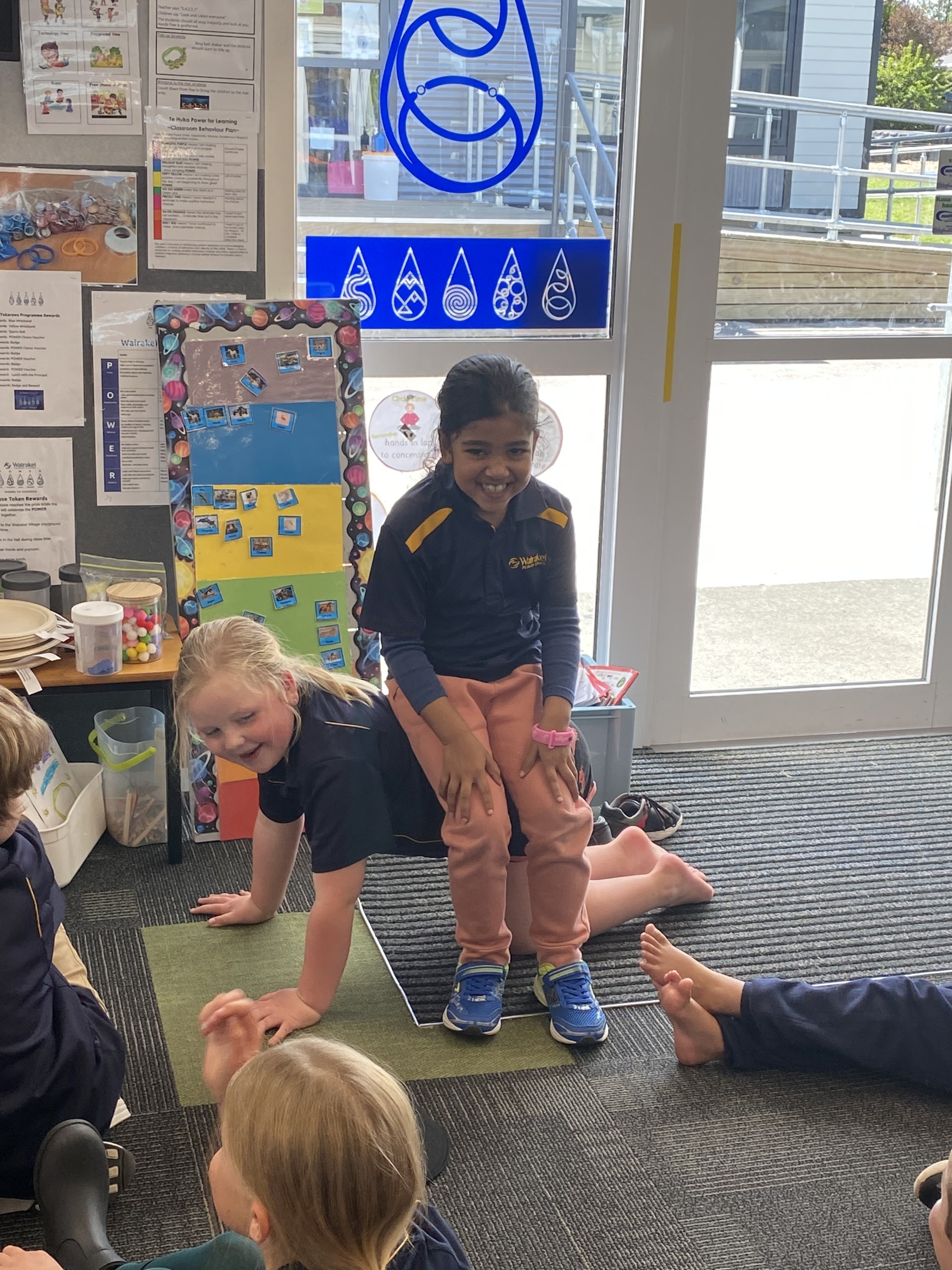
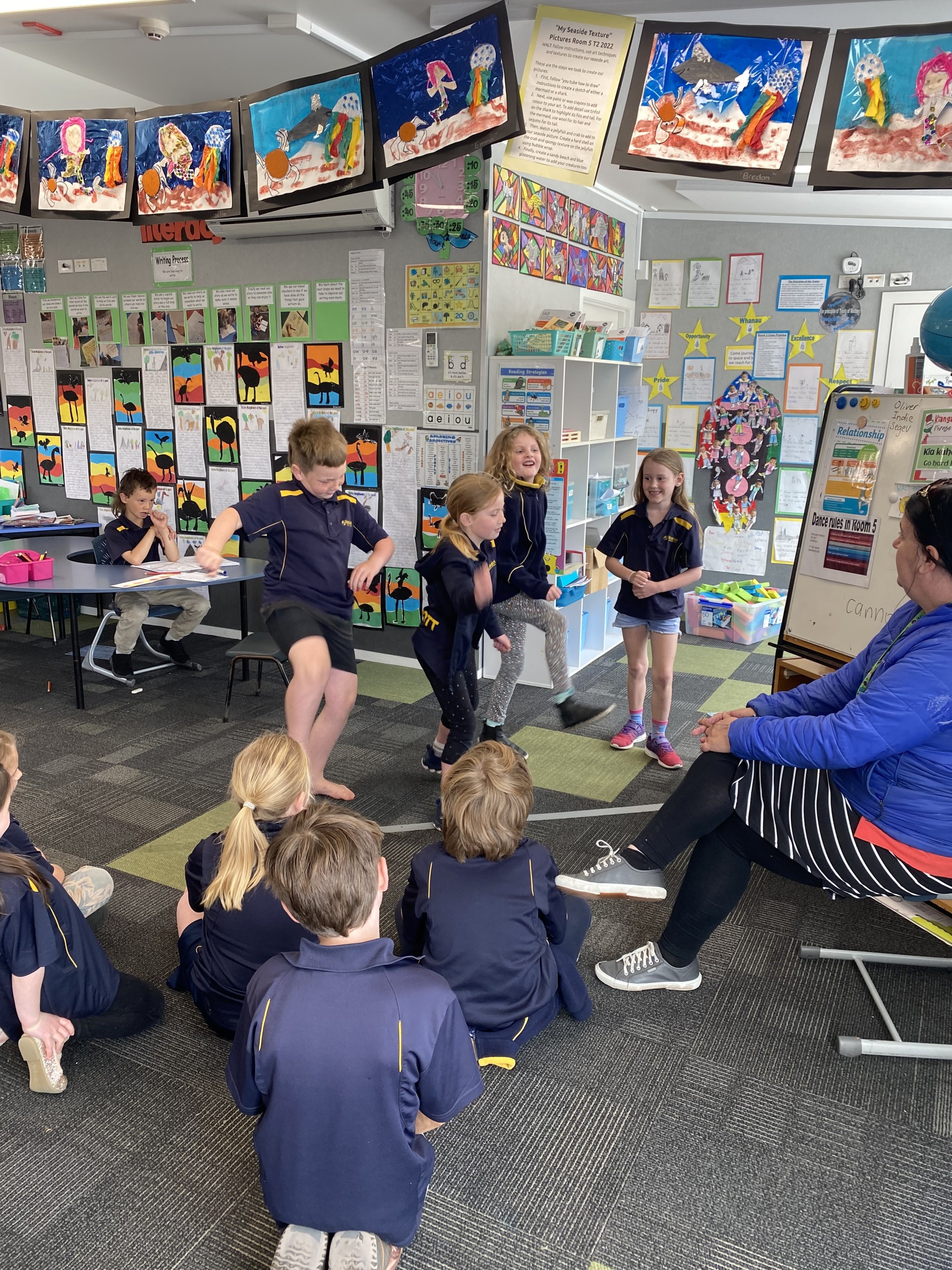
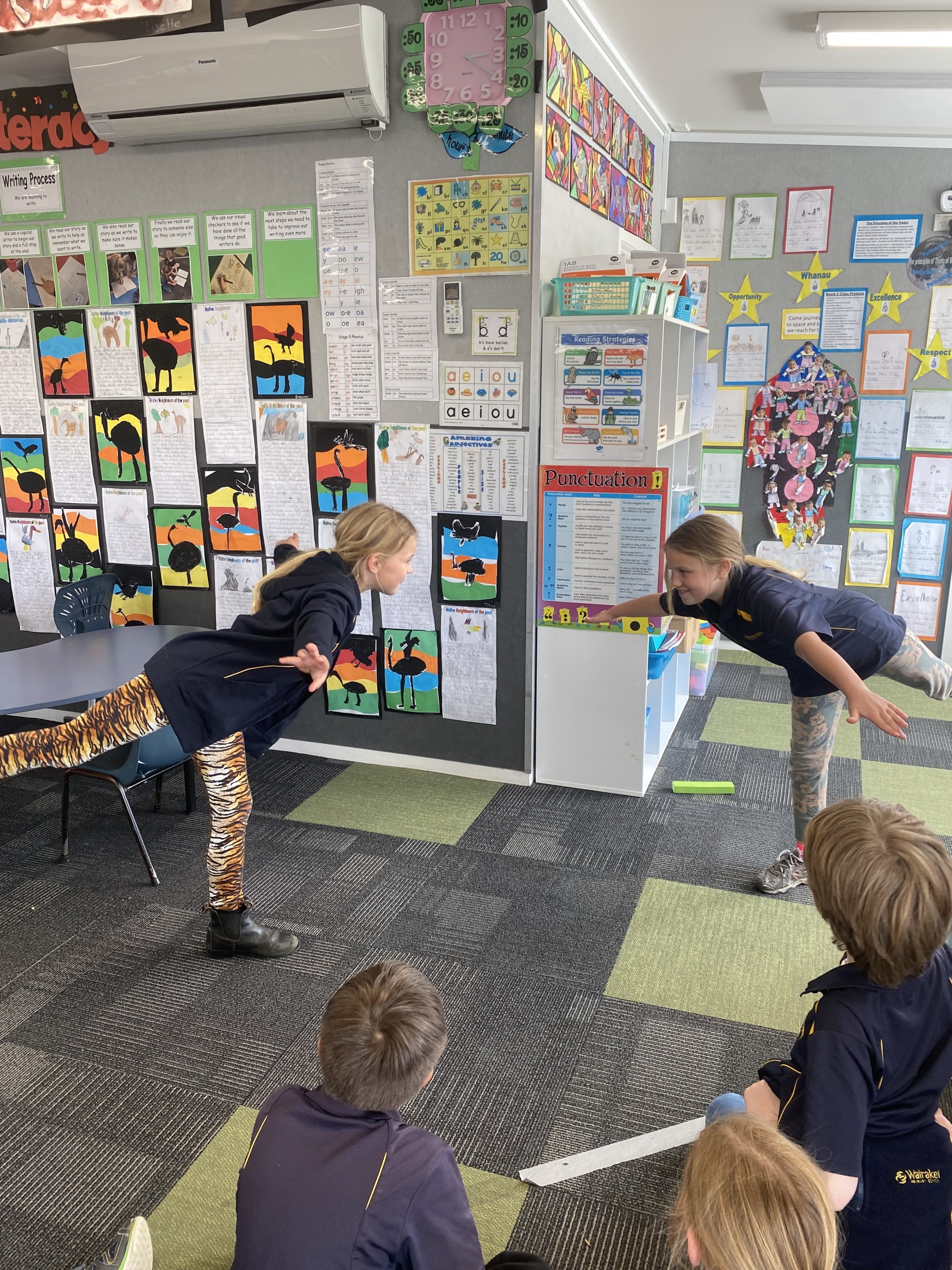
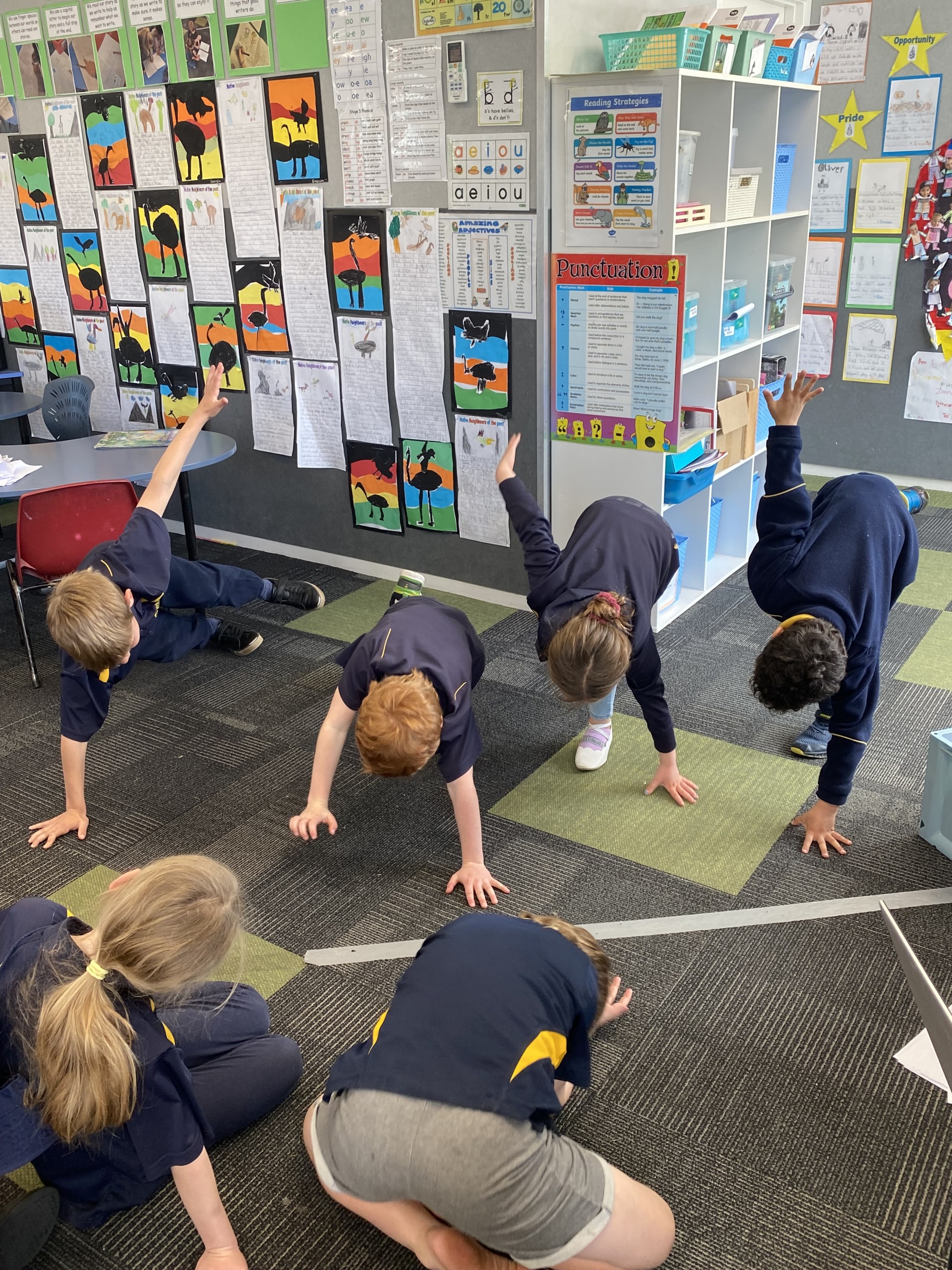
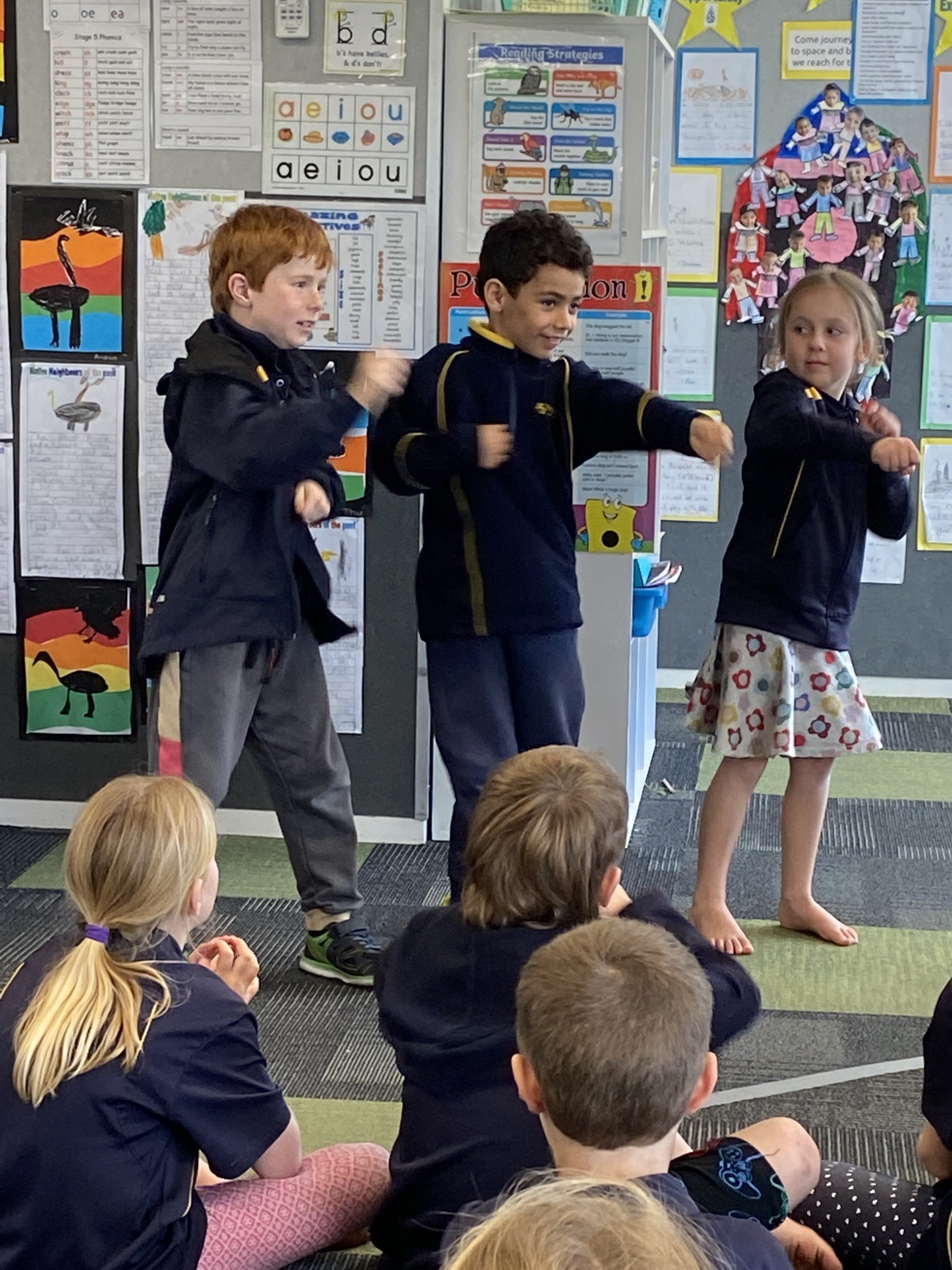
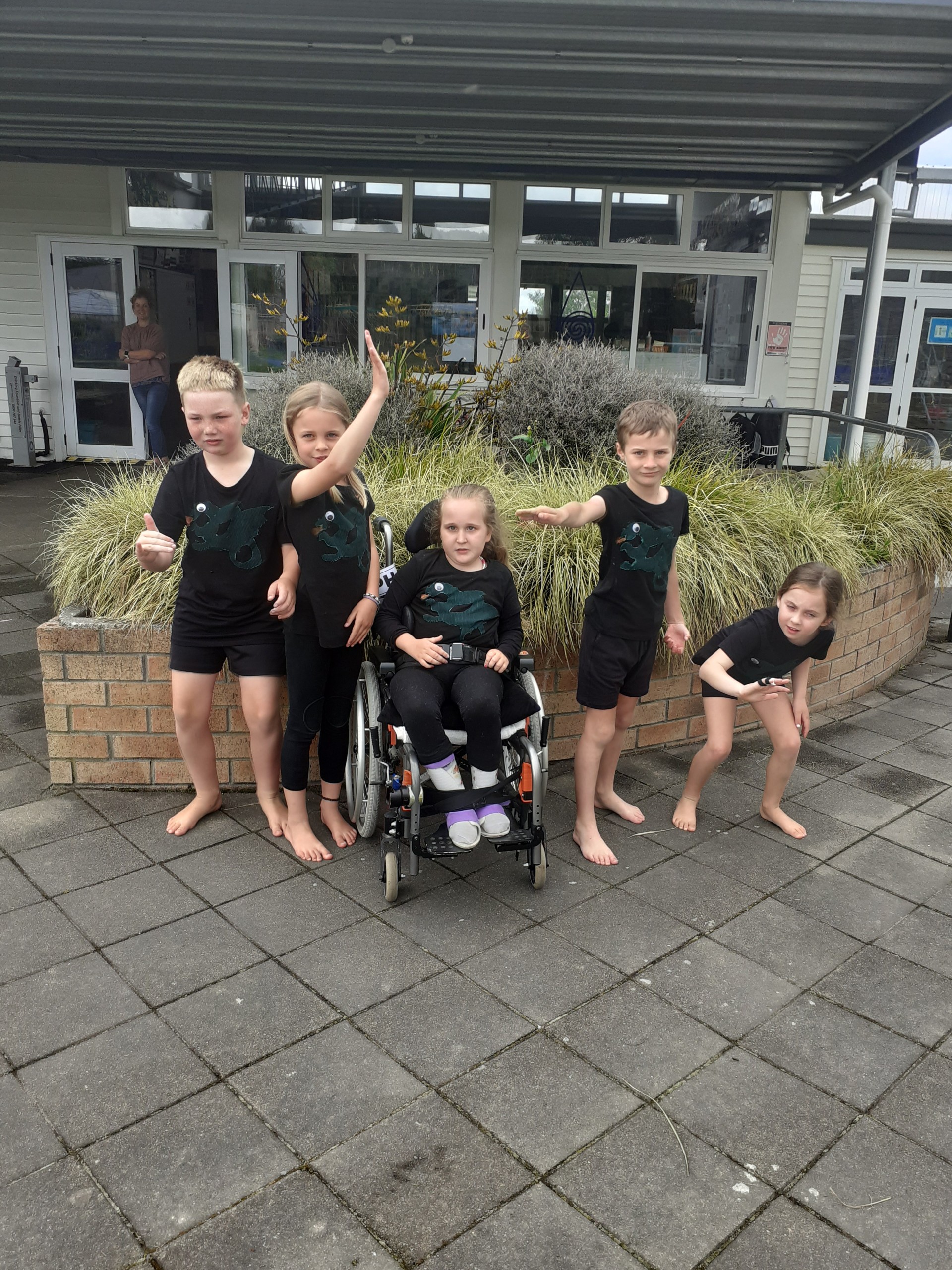
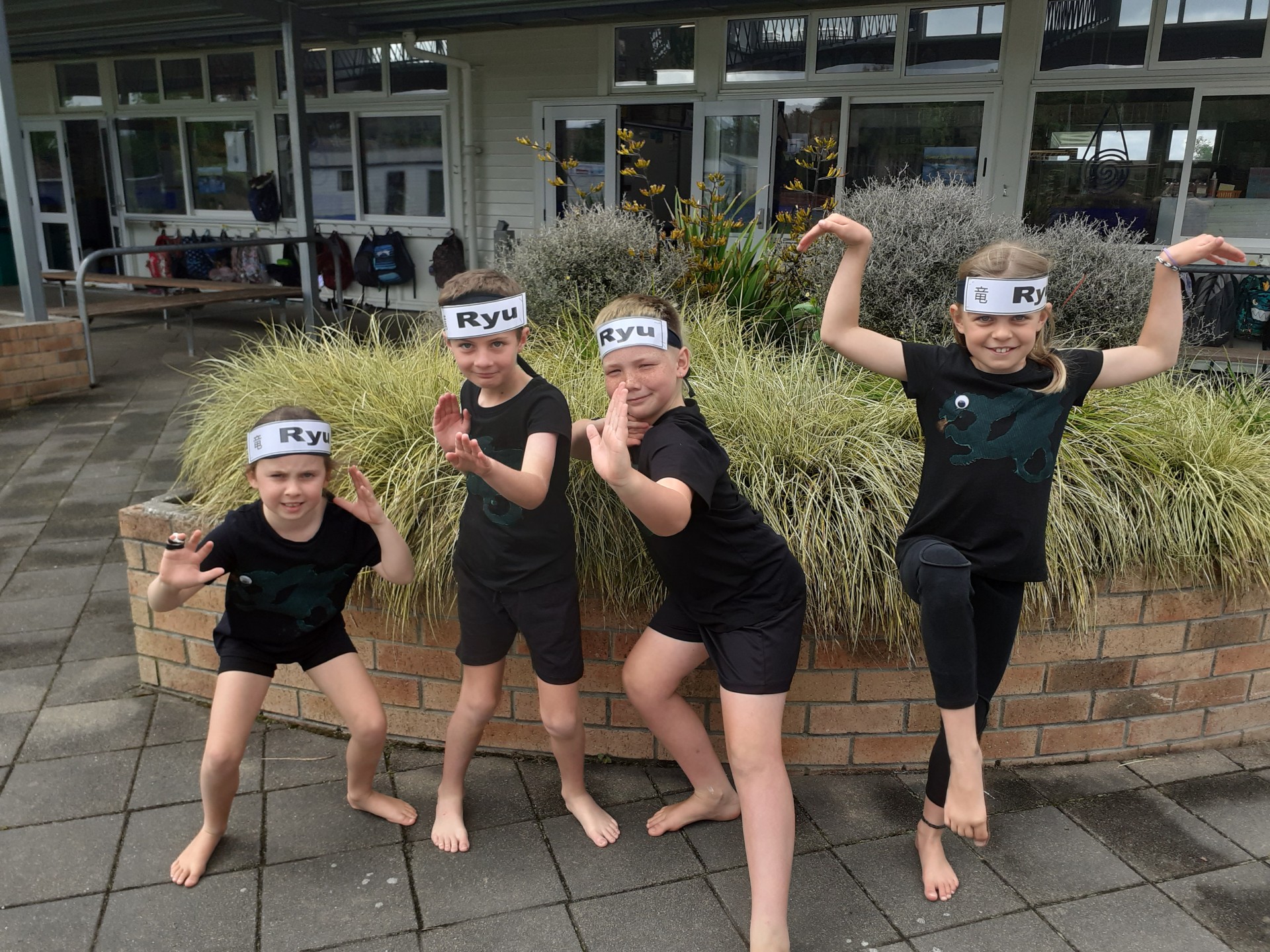
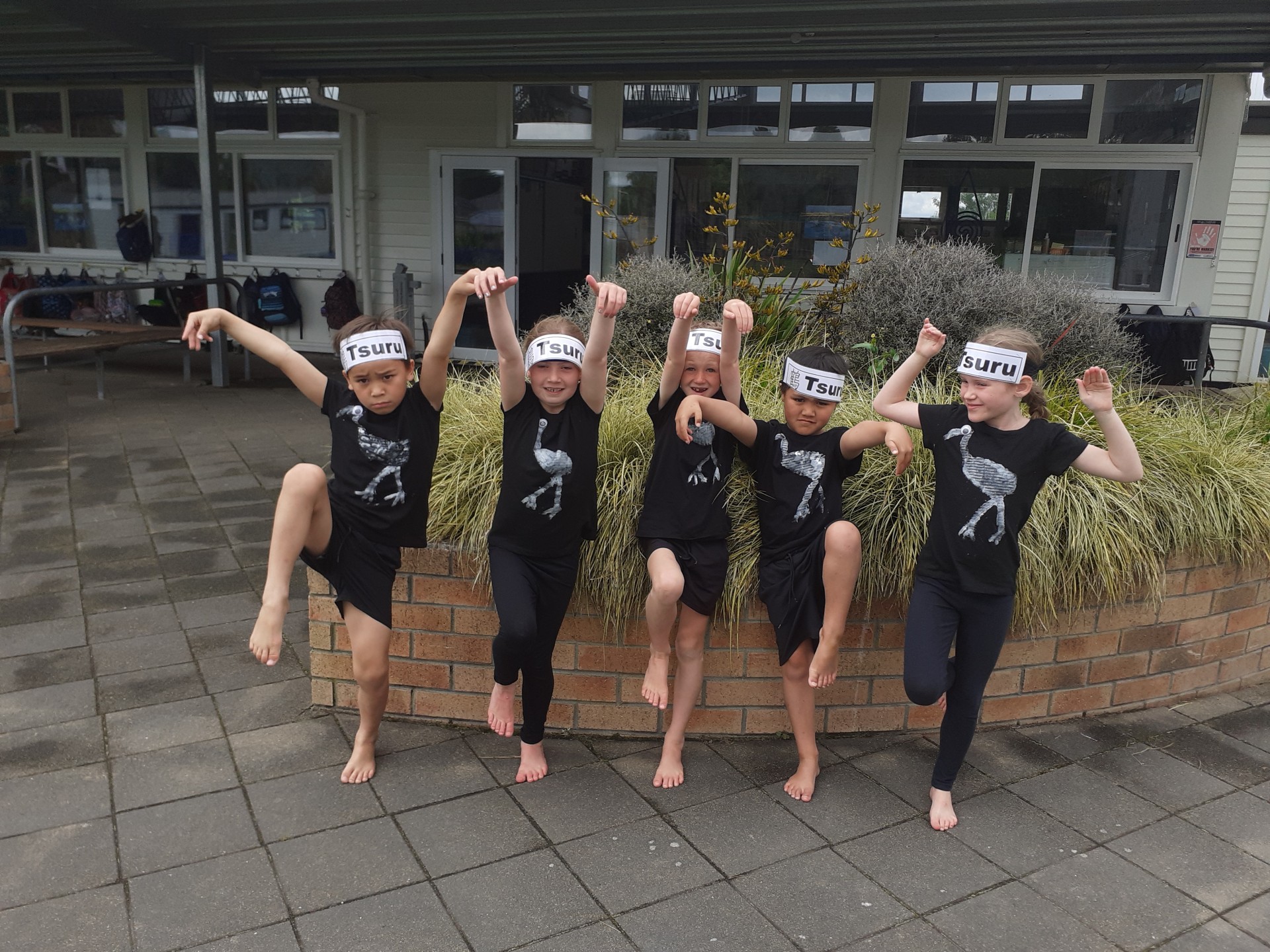
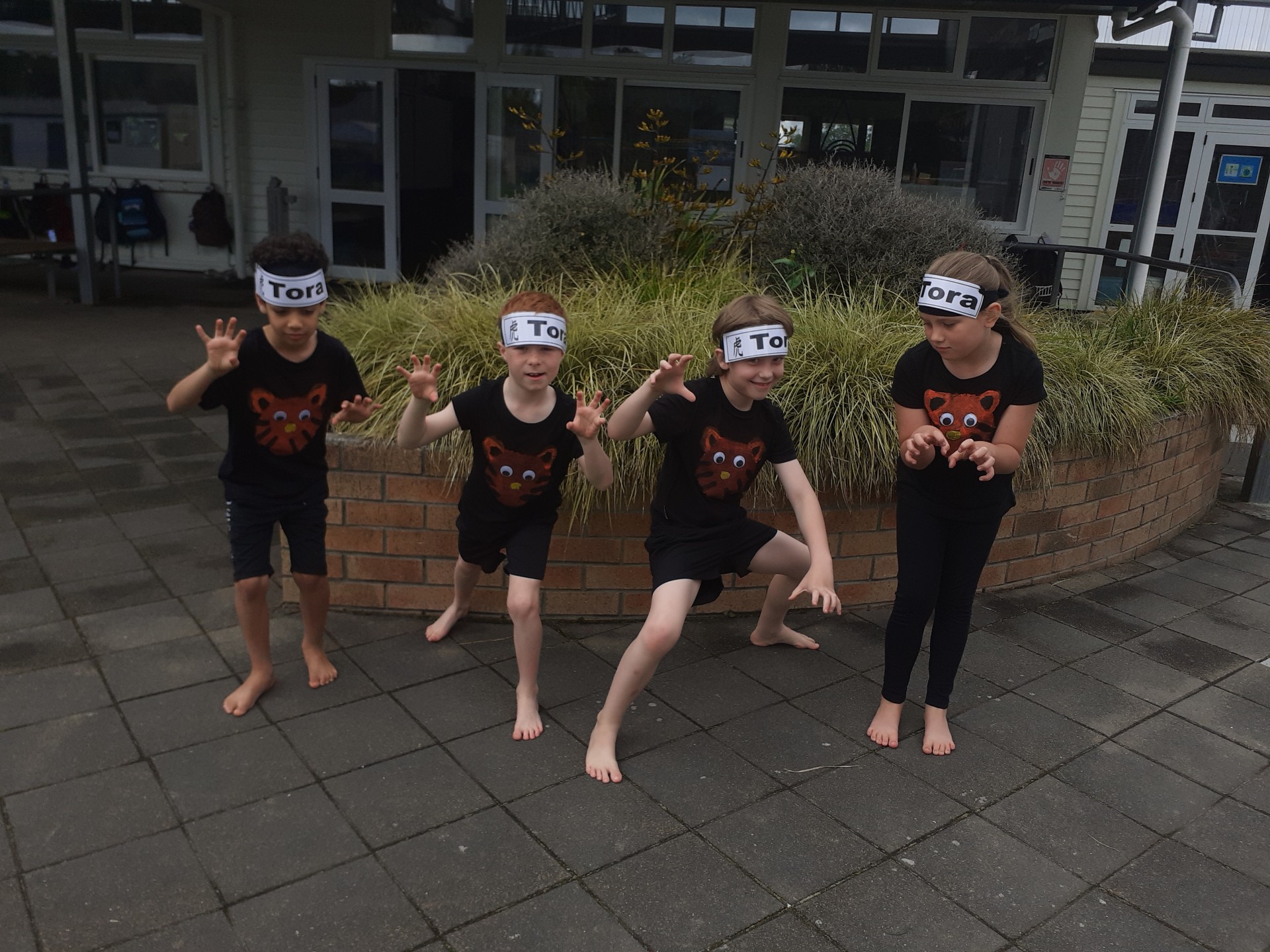
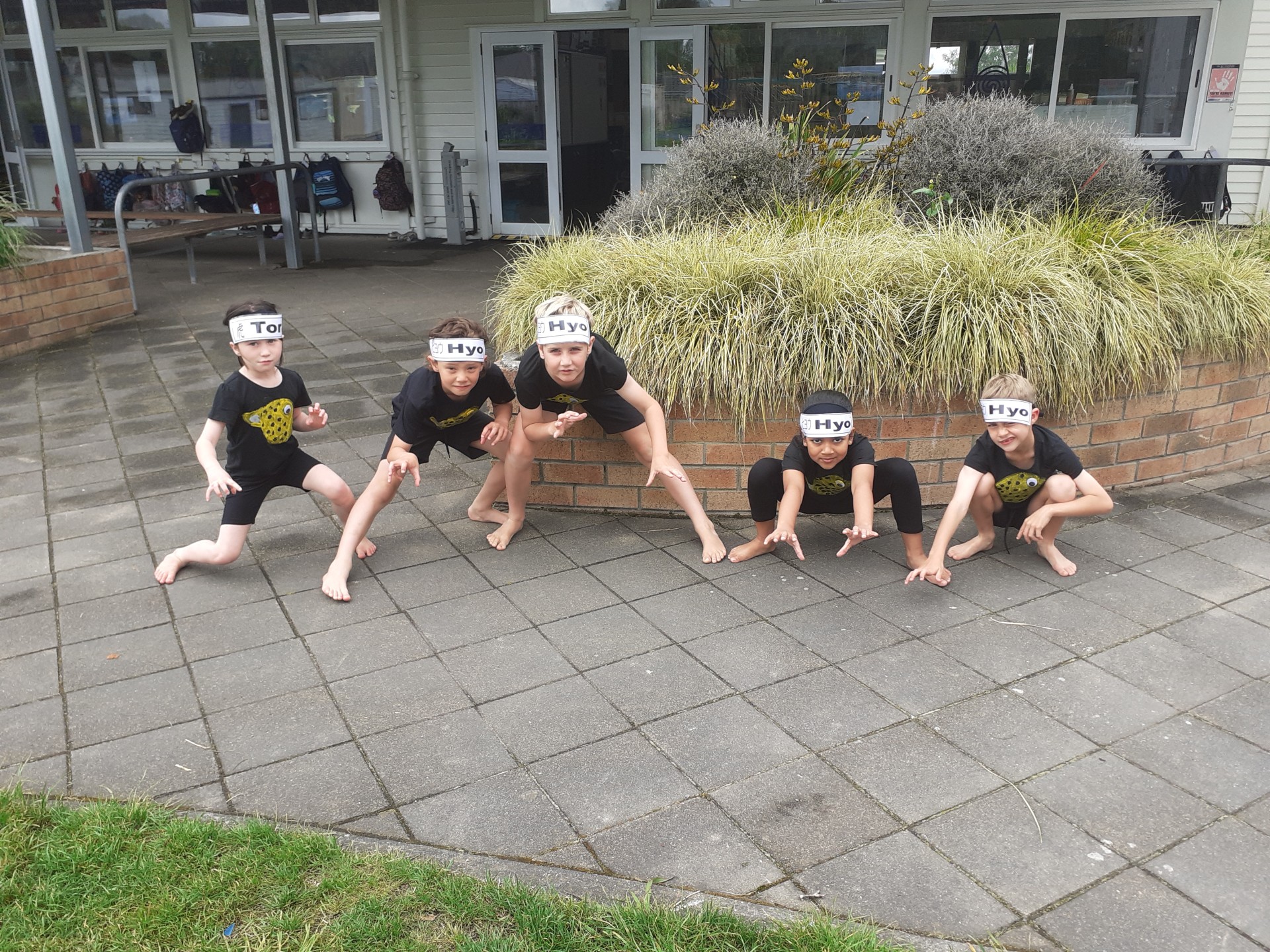
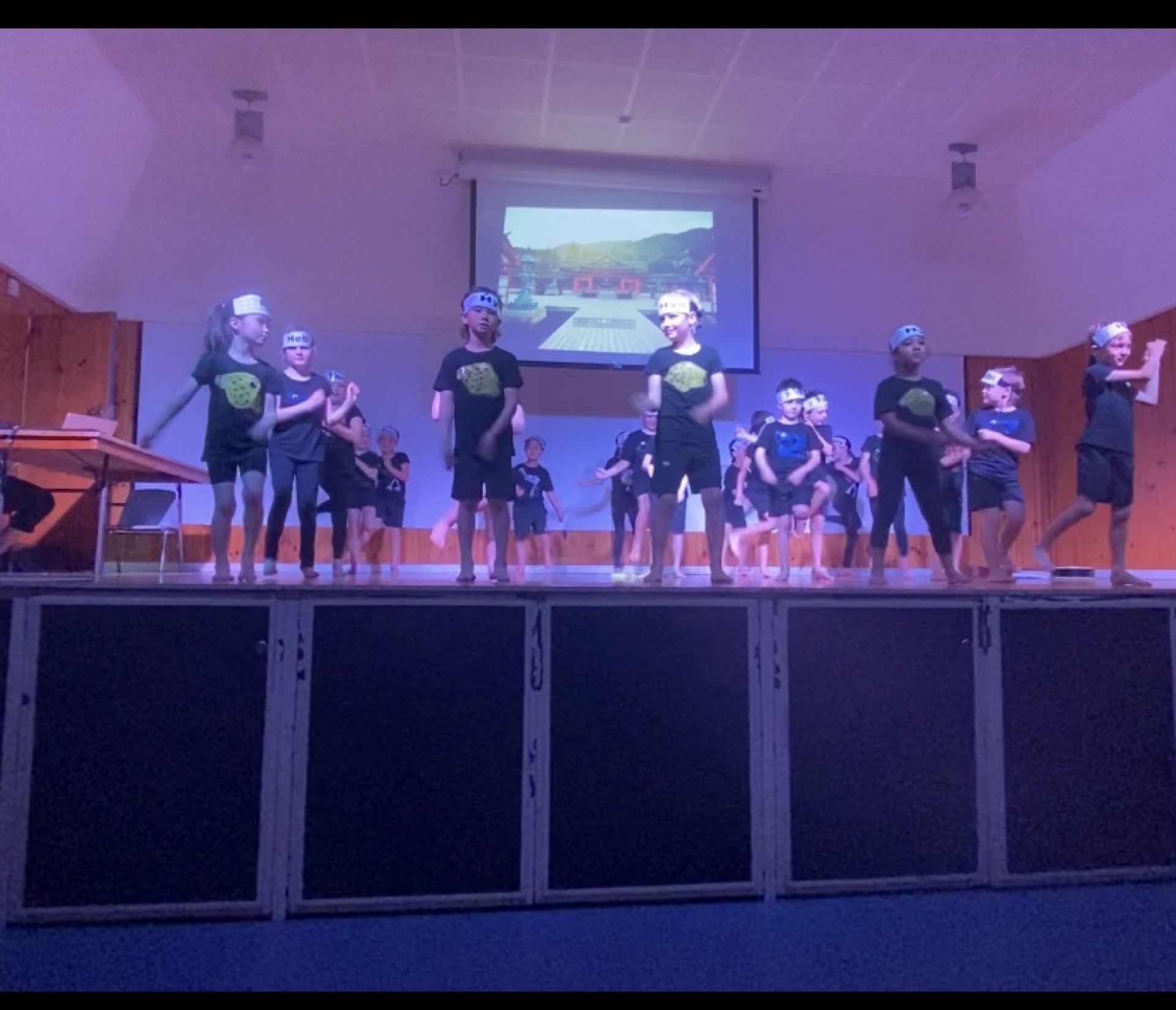
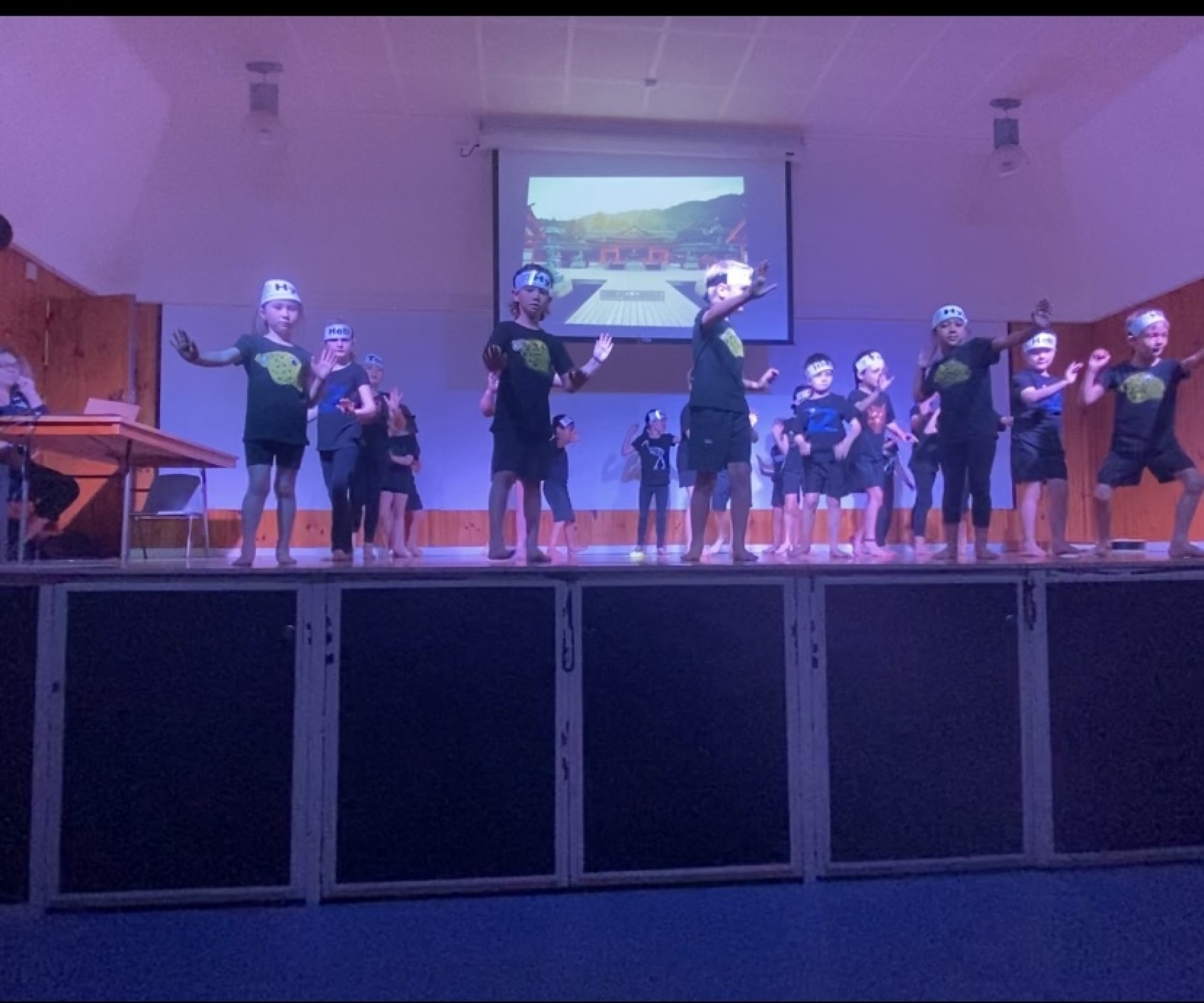

Comments are disabled for this post.